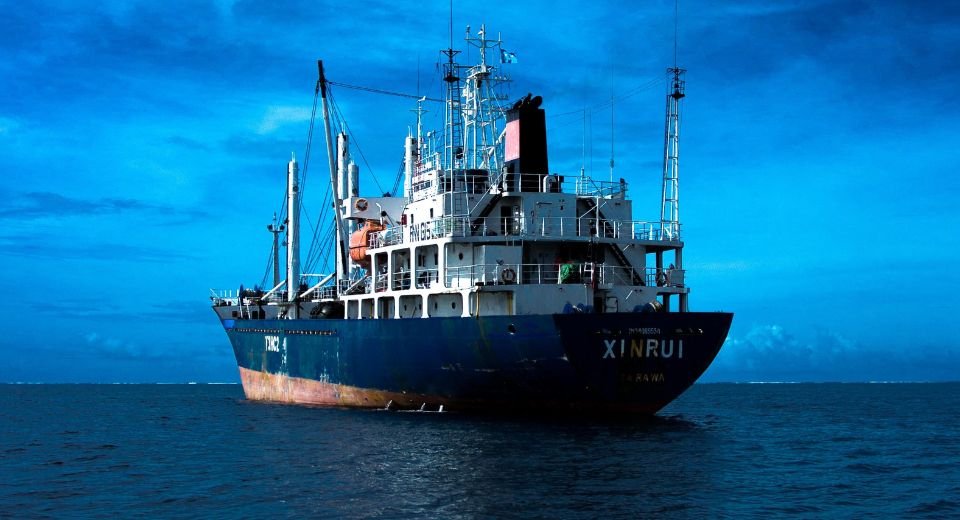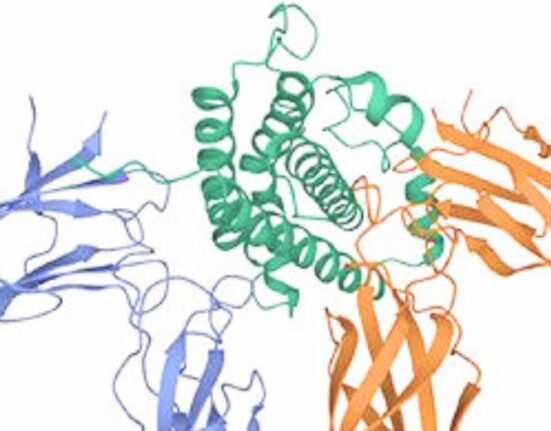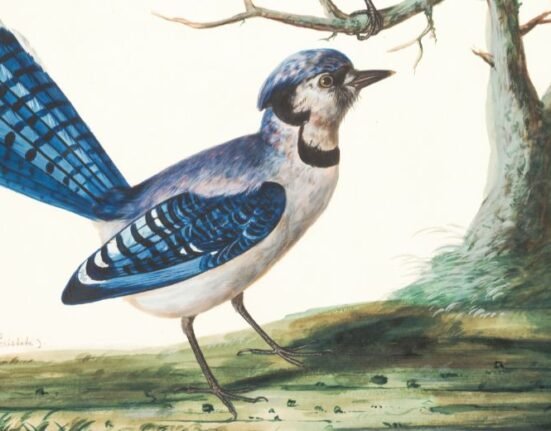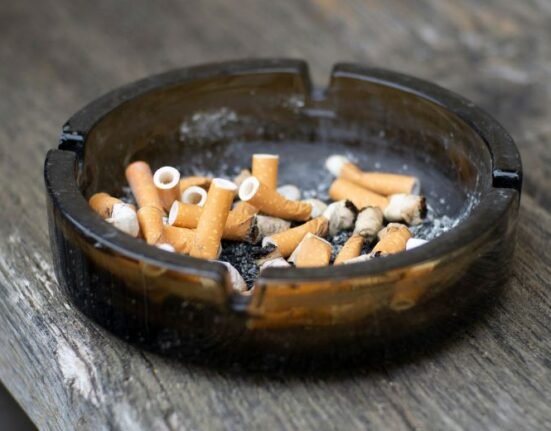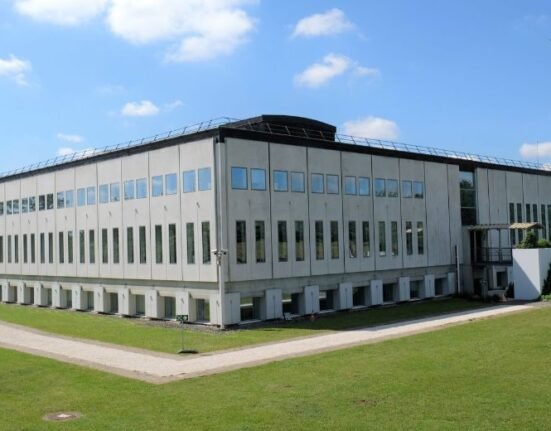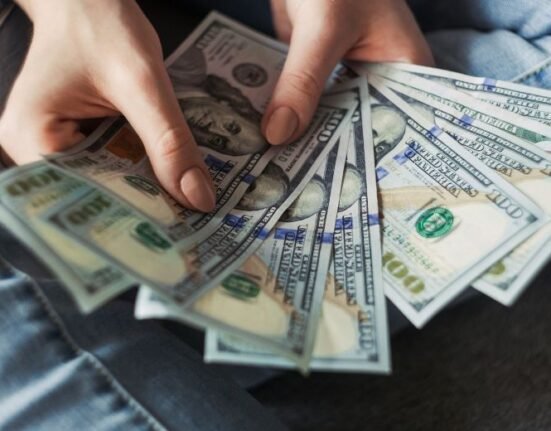HQ Team
July 1, 2023: Airseas, a French company that makes automated kites to channel wind power to tow cargo ships, plans to open a factory to make its Seawing systems as demand for decarbonized solutions in the shipping industry rises.
“Airseas plans to open a factory for the production of Seawing in 2026 and is currently growing a dedicated industrial department. The company aims to create 70 jobs by the end of 2023, taking its team from 120 to 190 people, as it prepares to accelerate production of the Seawing,” according to a statement posted n its website.
The Seawing system costs, carbon emissions and lower fuel consumption. The company plans to deploy its renewable energy propulsion systems at scale from 2026 and prior to that, implement it on about 600 ships by 2030.
During the ongoing sea trials conducted by a team of Airseas engineers with the support of Louis Dreyfus Armateurs, which operates the Ville de Bordeaux, and Airbus, the traction flights were validated, according to the statement.
Between Europe, US
The Villa de Bordeaux charters the vessel to transport aircraft components between Europe and the United States. Ariseas is testing the system on real-life commercial voyages across the Atlantic Ocean.
“Until now, we had validated the take-off, ascent, descent and landing phases of the wing,” Mathieu Reguerre, project manager, said in a video published on May 16th. “During this latest phase, we managed to lower the wing on the horizon to enable the kite to deliver traction that would help propel the vessel”, “
“This latest milestone is a particularly important moment for the teams both on board and ashore, who have been working tirelessly to take this innovative system from concept to reality.”
With automated take-off and landing now fully functional and traction flights validated, the next phases will focus on dynamic flights, gathering data on performance, and fine-tuning the automation system.
Automation level
“It is the very purpose of the Seawing to provide traction to ships,” said Airseas’ co-founder and CEO Vincent Bernatets. “Being able to demonstrate that for the first time is extremely exciting, and we are all very happy to have completed this step”,
The final product will function with a high level of automation, flying in “figures of eight” patterns 300 meters above sea level to multiply the traction force.
The scale of cumulative investment needed between 2030 and 2050 to achieve the IMO target of reducing carbon emissions from shipping by at least 50% by 2050, is about $1-1.4 trillion, or on average between $50 billion and $70 billion annually for 20 years, according to Global Maritime Forum.
The maritime sector presently accounts for about 2.8% of all global greenhouse gase emissions, mainly due to its rapid growth, its dependence on carbon-intensive bunkers, and the size of its business — more than 80% of the world merchandise trade by volume is transported by sea, the UNCTAD stated.


